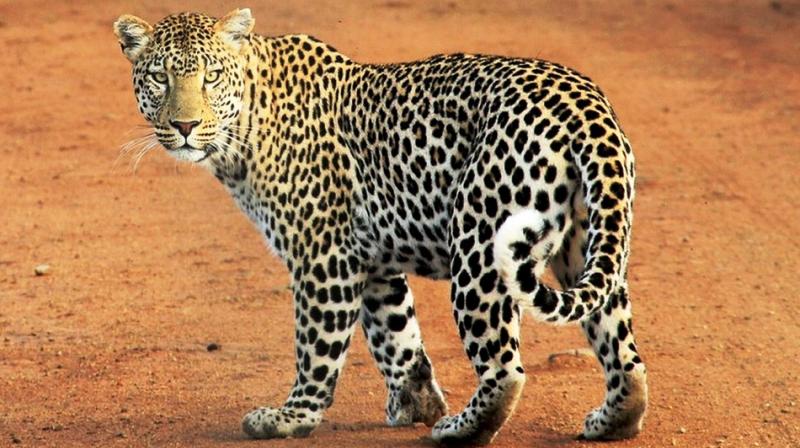Tips for animal sighting
On International forest day here are some things that you should keep in mind despite the technological advancement.

Mumbai: In India, where despite the growing population of tigers, poaching is proliferating, a combination of data analytics and AI tools that collect and process wildlife data and predict tiger poaching, will change the way tiger conservation efforts work.
WildTrails collects all sightings data of big cats across all popular national parks and tiger reserves in India, and runs complex algorithms on these collected data to bring Sightings Data Analytics as well as run AI algorithms to get predictive analysis to help wildlifers to pick the right park, right zone, right time to improve their probability of sightings of big cats.
But being a part of the nation we should follow some tips to contribute towards the cause of saving tigers and make our animal sighting a successful one.
Keep your distance: One should never get too close to wild animals, especially Elephants and never ever try to drive through a herd of animals or even a small group of them. Big animals like rhino and elephant are particularly dangerous to vehicles and have been known to charge if they feel their young or themselves are being threatened.
Always listen to your guide: The most important thing that you should keep in mind is that you listen whatever your guide says because the guide is there to ensure that you have the best possible experience and also to keep you safe. If the guide starts to move off from a sighting area to make way for another safari, you should follow him without arguments.
In simpler words, leave the job to the experts. It is their job to be courteous to all visitors. Never argue with your guides, as they know the routes they are allowed to access and they always try to get the best sighting for you.
Look for Signs: During the drive, be on a look out for any signs of the big cat like fresh pug marks, dung /faeces, scratches on lower bark of trees, the carcass of prey, fleeing animals, etc. The freshness of these marks tells you when the big cat has passed by and then the guides estimate how far they would have travelled.
Alarm Calls: Most of the guides use this method to find the big cats. Animals trying to warn other animals about the movement of the big cat by their own distinguishable alarm call as soon as they sense a big cat in the vicinity. Each animal be it deer, monkeys, elephants, birds, etc. Every animal has its own distinguishable alarm call.
Don’t step out of Safari: This is the most important tip that one should keep in mind. Staying on your jeep during animal sighting - is instructed by each and every wildlife sanctuary and safari. The reason behind this is some people go close to animals just to get a better click but you should keep in mind they are not the pets. They can be more furious, powerful, and violent than you could ever think of.
However, be mentally prepared that despite everything being in your favour, you might still not spot a big cat. And if you don’t see the big cat then it’s still not the end of the trip, neither your trip is a failure. Instead, enjoy the other wonders that the jungle has to offer – the beautiful landscape, call of the birds, behaviour of the animals, variety of insects, colours of flowers, and the delicate balance and interdependence of this entire ecosystem.
*Disclaimer: This article has been contributed by Mr Manujnath Gowda. The opinions expressed within this article are the personal opinions of the author. The facts and opinions appearing in the article do not reflect the views of Deccan Chronicle, and Deccan Chronicle does not assume any responsibility or liability for the same.

